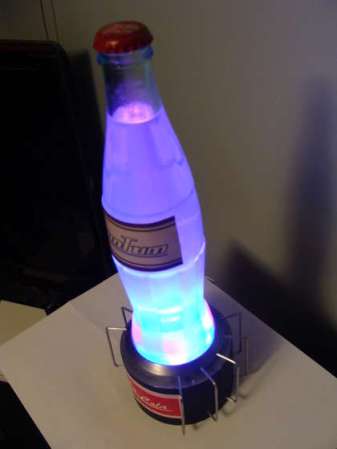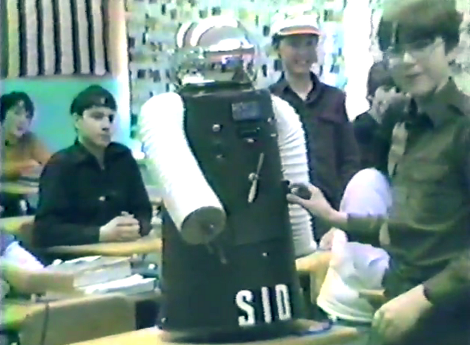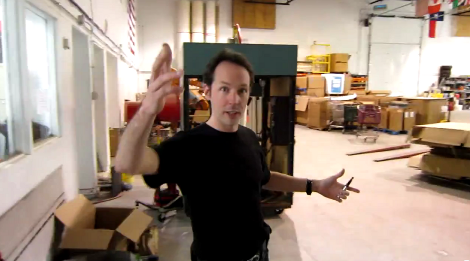
Yet another Fallout post here on Hackaday. This time, instead of the PIP-Boy, someone has built a fantastic prop for the iconic Nuka-Cola. The circuit is super simple, really just an LED array to light up the beverage just right. The construction of the base is quite nice though. If you’re a fan of functional props, or at least semi-functional (we doubt it tastes very refreshing), you’ll enjoy the build.
In case you’re wondering just what is in that bottle, it is basically just tonic water. For those who are unaware, tonic glows under UV light. [Kfklown] did add a few drops of paint to get the perfect color though. You’ll note that there are red and blue LEDs in the base as well as UV for color as well.
















